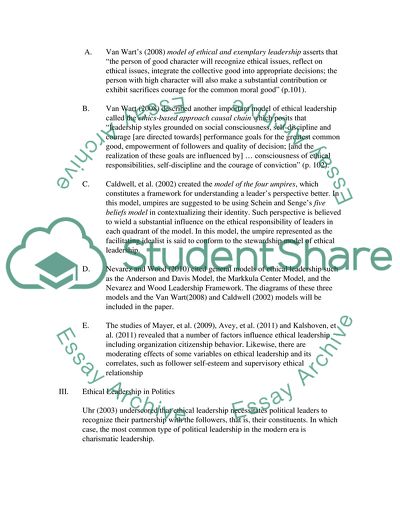Cite this document
(“Ethical Leadership Description Annotated Bibliography”, n.d.)
Retrieved de https://studentshare.org/human-resources/1576621-ethical-leadership
Retrieved de https://studentshare.org/human-resources/1576621-ethical-leadership
(Ethical Leadership Description Annotated Bibliography)
https://studentshare.org/human-resources/1576621-ethical-leadership.
https://studentshare.org/human-resources/1576621-ethical-leadership.
“Ethical Leadership Description Annotated Bibliography”, n.d. https://studentshare.org/human-resources/1576621-ethical-leadership.


